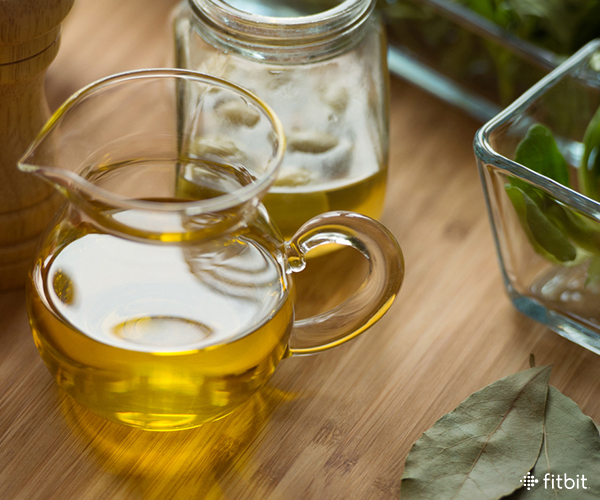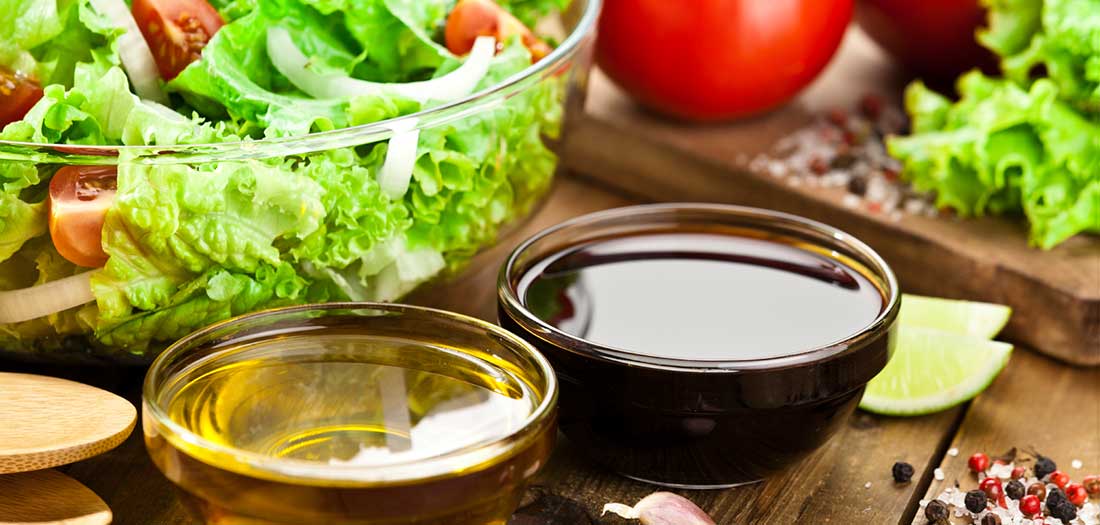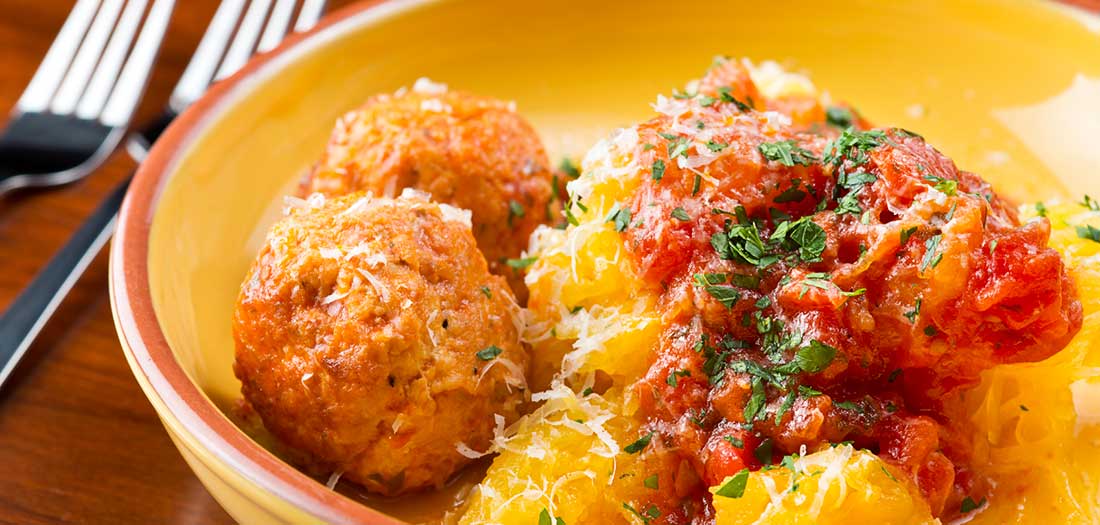Does Sleep Help You Lose Weight?

Sleep has the potential to help people lose weight, but not just any sleep will do. It’s important to get an adequate amount of deep sleep every night, as it is the most restorative, providing both mental and physical recovery benefits, which supports the weight-loss journey.
Most research indicates that less than 7 hours of sleep correlates with being heavier, gaining weight, risk of disease, cancer and struggling to lose weight. Other research suggests than 6.5 hours is a sweet spot and anything more increases inflammation, depression and mortality rates (Walker, 2017). Many experts believe that a range of six to eight hours or seven to nine hours is ideal for most people.
The right amount of sleep depends on each individual’s unique physiology. Urge your clients to devote time and attention toward finding what works for them, because it could make or break their weight-loss efforts. “Take away the bedrock of sleep, or weaken it just a little, and careful eating or physical exercise become less than effective,” writes Matthew Walker, Ph.D., author of Why We Sleep.
Here are some important tips for enhancing sleep that you can pass along to your clients.
How Sleep Influences Weight Loss
Sleep is the foundation needed to support exercise and healthy eating habits. When people don’t get enough sleep, it can become more challenging to control behavior and inhibitions. They might be more likely to seek pleasure in foods and replace exercise-related activities with those that offer a “quick fix” reward, such as surfing the Internet or watching television.
Lack of sleep strengthens the desire for rewards, which usually leads to unhealthy eating. More specifically, leptin (which decreases hunger), ghrelin (which increases hunger) and endocannabinoids (which are linked to snack cravings) are hormones that regulate appetite. When sleep volume is low, these hormones stimulate a craving for carbohydrate-rich foods.
Without enough sleep, the body is essentially in a state of duress, which can lead to eating more calories to deal with the “threat” it perceives. Also, the more time spent awake, the more time there is to consume snacks.
Another hormone, cortisol, ideally spikes in the morning, providing energy for the day, and reduces at night, encouraging sleep. When sleep habits are poor and stress is high, cortisol levels remain elevated, which may inhibit weight loss and disrupt sleep. A cycle of stress and sleep disruption results. Stress affects sleep and sleep affects stress, which once again makes it challenging to implement even the most well-designed program for weight loss.
Getting enough sleep and rising at a consistent time every day supports hormones to regulate appetite and food choices. Encourage your clients to take small steps toward better sleep and be gentle with themselves. In other words, don’t let stressing about not getting enough sleep add more stress. They don’t need to (and probably cannot) fix their sleep habits overnight. Progress slowly.
 Finding Your Sleep Sweet Spot
Finding Your Sleep Sweet Spot
Your clients can use sleep to help them lose weight by rising within 30 minutes of the same time every day and getting into bed with the lights out at the same time each night. Urge them to experiment with eight hours of sleep per night, plus or minus 15 minutes, until they find how much sleep they truly need.
Remind your clients to be honest about how much sleep is ideal for them. Many people believe they can get by with little sleep, when they really cannot. When people get an adequate amount of quality sleep per night, they are more likely to have the energy to exercise and the motivation to make choices that align with their goals.
If your clients are having trouble going to sleep or staying asleep, encourage them to try the following tactics:
- Prioritize relaxing, stress-free evening activities that help wind you down to rest.
- Avoid stimulating evening activities until you get into a sleep rhythm.
- Avoid electronics and blue spectrum light exposure one hour before bed.
- Reduce or, ideally, eliminate alcohol and caffeine.
- Aim to finish dinner two to three hours before you get into bed.
We often take sleep for granted because it seems to “just happen” and we seem to get by without getting enough. However, research suggests that productivity increases, car accidents decrease, mental health improves and risk for disease reduces when we get the ideal amount of sleep. Urge your clients to make a commitment to increase sleep consistency, and they will not only sleep better, they will be more likely to achieve their weight-loss goals with greater ease.
Learn more about sleep and its effect on sports performance.












